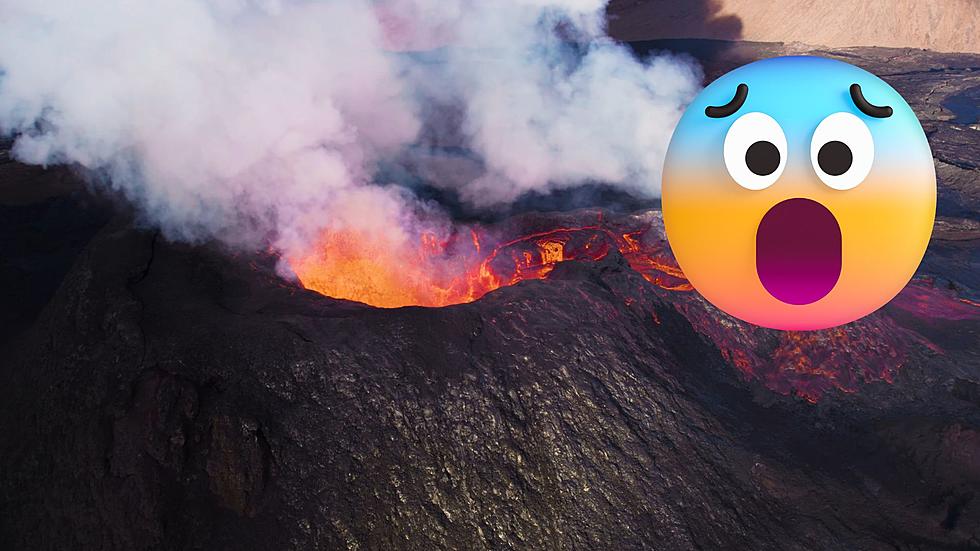
North Dakota Secures the Second Position in Days Below Freezing
The United States is home to some of the coldest states, each boasting its own unique freezing conditions.
World Atlas says Alaska claims the title of the coldest state with an average annual temperature of 30.7°F. Following closely behind is North Dakota, securing the second spot with an average temperature of 42.4°F, making it a chilly destination.

Minnesota takes the third position on the coldest states' ranking, experiencing an average temperature of 42.5°F. Wyoming follows suit as the fourth coldest state with an average temperature of 43.9°F, adding to the frigid landscape of the nation. Montana and Maine occupy the fifth and sixth places, with average temperatures of 44.6°F and 44.9°F, respectively.
Venturing further down the list, Wisconsin emerges as the seventh coldest state, maintaining an average temperature of 45°F. Idaho and Vermont secure the eighth and ninth positions with average temperatures of 45.3°F and 45.7°F, contributing to the nation's icy regions. Rounding out the top 10, Michigan claims the tenth coldest state title, experiencing an average temperature of 46.7°F.
These states showcase the diverse and bone-chilling climates that make them stand out as the coldest corners of the United States. These figures shed light on some climatic issues that people living in different parts of the country face. While some states are accustomed to experiencing temperatures below freezing, others are dealing with an exceptionally severe winter this year. The cold weather continues to persist, which leads people to reflect on the resilience of communities suffering from these harsh weather conditions and increases awareness about the significance of being prepared in the face of unpredictable climate patterns. Here's to sunny skies and warmer days ahead!
How to Keep Your Pets Safe in the Snow/Freezing Weather

LOOK: The most expensive weather and climate disasters in recent decades
Gallery Credit: KATELYN LEBOFF
More From KEYZ AM 660









